 In 2016, St. Luke’s of Sioux City, Iowa began investing in lifting equipment to prevent injuries and other medical mishaps during handling and transportation of patients. The problem is that in the U.S., around two-thirds of adults are obese — but only a few hospitals have adopted and implanted safe patient-handling programs to accommodate this issue.
In 2016, St. Luke’s of Sioux City, Iowa began investing in lifting equipment to prevent injuries and other medical mishaps during handling and transportation of patients. The problem is that in the U.S., around two-thirds of adults are obese — but only a few hospitals have adopted and implanted safe patient-handling programs to accommodate this issue.
A report from Public Citizen from an Oregon Coalition for Healthcare Ergonomics details how the National Institute for Occupational Safety and Health and the Stanford Risk Authority estimate that around 3 to 25% hospitals have adopted such programs.
According to Faye Tompkins, corporate manager at St. Luke, the high cost of automated slings and hoists is the main reason why most hospitals ignore the need for equipment to handle big patients. She adds that when her hospital initially purchased lift equipment, it wasn’t used well. In fact, the hospital started purchasing patient mechanical handling equipment in 2006. Funding was from a grant committee, so the hospital purchased only a few pieces. Click the image below for a report on this new linear-motion market in the medical industry.
But new equipment was purchased in 2016 and the hospital staff began training on it early in 2016. Erik Nieuwenhuis (physical therapist and injury prevention specialist at St. Luke) says that adoption of the new equipment and reliable body mechanics, gait belts, and employee wellness programs are already reducing and preventing injury.
According to Nieuwenhuis, the facility had a smattering of mismatched equipment before, so there was no formal policy to govern its use. As part of the approach to fix this problem, the hospital standardized and replaced outdated Hoyer lifts with modern MaxiMoves made by Swedish manufacturer ArjoHuntleigh. A representative from the company visits the hospital to give onsite training to employees every three months. Nieuwenhuis manages the program.
.@UnityPointSC standardizes on #MotionEquipment from @ArjoHuntleigh to handle obese patients Click To TweetMechanical sit-to-stand equipment called Sara Pulses helps patients 420 pounds or heavier to walk with slings. The equipment offers fall protection if a patient’s legs stop functioning or start hurting.
Additional lifting equipment in the medical facility includes 30 sets of bariatric MaxiSlides and six bariatric roll boards that slide with patients that weigh over 300 pounds. The hospital also got Dane WheelChair Movers to transport patients weighing more than 550 pounds.
Modern mechanical-lift patient-handing equipment at St. Luke’s has minimized occupational hazards and boosted patient safety.
According to Allied Market Research, the mechanical life-handling market is set to grow as several medical facilities and clinics are turning to these machines to offer solutions … and R&D will will only accelerate growth in this market. For more information, read the report: Patient Mechanical Lift Handling Equipment Market to grow.


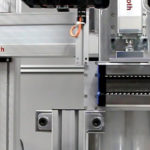
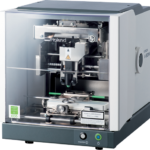
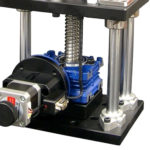
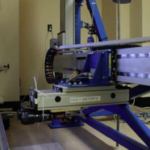
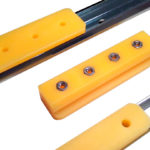

Leave a Reply
You must be logged in to post a comment.